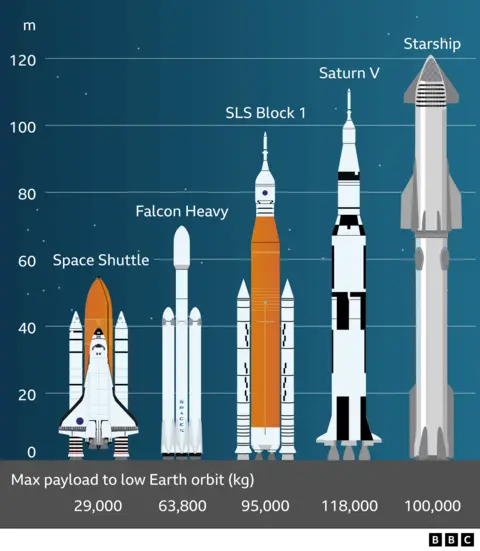The Nisar satellite, weighing 2,392kg, will detect even the slightest changes in land, sea, and ice sheets, marking it as the most sophisticated radar ever constructed by NASA. Launching at 17:40 India time (12:10 GMT) on Wednesday, Nisar represents a major achievement for both India and the US, with implications for global disaster management and environmental monitoring.
This groundbreaking satellite will operate using dual radar frequencies—NASA’s L-band and Isro’s S-band—and orbit Earth in a “sun-synchronous polar orbit.” This means it will revisit the same locations every 12 days, allowing it to track transformations on Earth's surface with impressive precision. Former NASA scientist Mila Mitra conveyed the potential of Nisar to capture minute changes, aiding in understanding climatic shifts and disaster occurrence.
Nisar’s data could help predict natural hazards like earthquakes and landslides, track movements of glaciers, and provide insight on human-induced changes arising from agriculture and development. Karen St Germain, the NASA Earth Sciences director, emphasized the satellite's profound utility in observing both natural and anthropogenic shifts.
Having taken more than a decade in development, this $1.5 billion joint mission incorporates India’s technological infrastructure, showcasing the nation's growing leadership in space. Indian Science Minister Jitendra Singh hailed the launch as a significant milestone in India-US collaboration, noting that Nisar embodies India's commitment to scientific advancement on a global stage.
The upcoming launch comes hot on the heels of remarkable achievements in India's space program, including successful lunar missions and plans for a crewed flight by 2027. As we stand on the threshold of this new era in satellite technology, Nisar is set to redefine how we monitor and respond to the changing environment.
As history unfolds with this launch, it reaffirms both nations' commitment to space exploration and disaster preparedness, turning Nisar into a symbol of unity and innovation.
This groundbreaking satellite will operate using dual radar frequencies—NASA’s L-band and Isro’s S-band—and orbit Earth in a “sun-synchronous polar orbit.” This means it will revisit the same locations every 12 days, allowing it to track transformations on Earth's surface with impressive precision. Former NASA scientist Mila Mitra conveyed the potential of Nisar to capture minute changes, aiding in understanding climatic shifts and disaster occurrence.
Nisar’s data could help predict natural hazards like earthquakes and landslides, track movements of glaciers, and provide insight on human-induced changes arising from agriculture and development. Karen St Germain, the NASA Earth Sciences director, emphasized the satellite's profound utility in observing both natural and anthropogenic shifts.
Having taken more than a decade in development, this $1.5 billion joint mission incorporates India’s technological infrastructure, showcasing the nation's growing leadership in space. Indian Science Minister Jitendra Singh hailed the launch as a significant milestone in India-US collaboration, noting that Nisar embodies India's commitment to scientific advancement on a global stage.
The upcoming launch comes hot on the heels of remarkable achievements in India's space program, including successful lunar missions and plans for a crewed flight by 2027. As we stand on the threshold of this new era in satellite technology, Nisar is set to redefine how we monitor and respond to the changing environment.
As history unfolds with this launch, it reaffirms both nations' commitment to space exploration and disaster preparedness, turning Nisar into a symbol of unity and innovation.


















